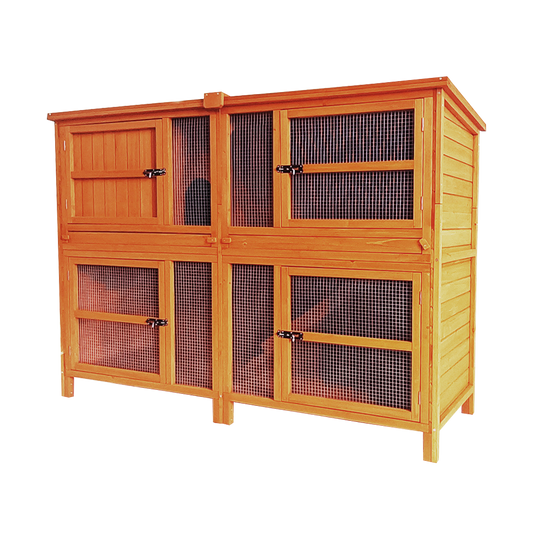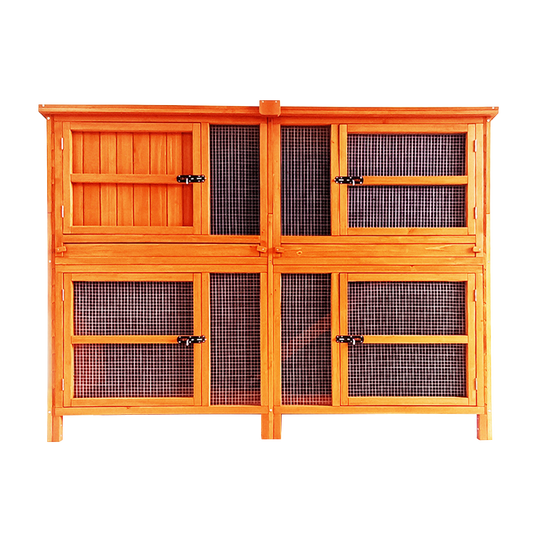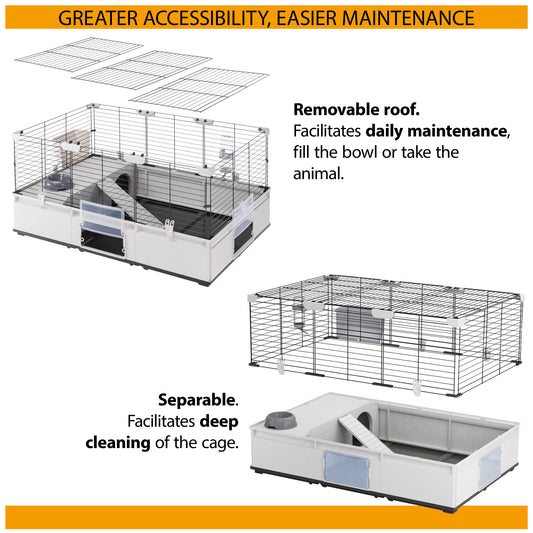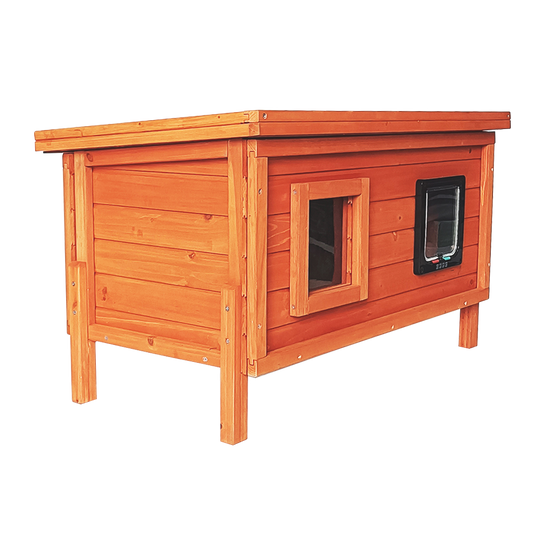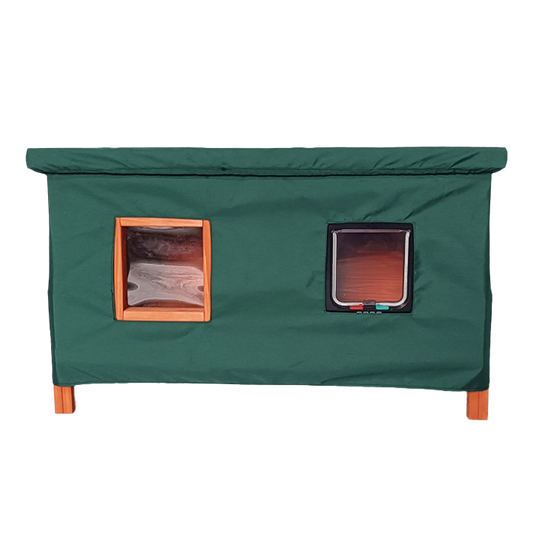Autumn is a wonderful time for dogs – the changing smells of the season, carpets of fallen leaves to romp through, and cooler days which make it easier to regulate their body temperature. There are some hazards associated with the seasons however, and it’s important that owners know how to protect their pets. Our seasonal care guide will help you and your pet to get the best out of autumn.
Playing in fallen leaves
Dogs love running and jumping through the piles of fallen leaves that they encounter on their daily walks. While this can be lots of fun, owners should be mindful of what might lurk beneath the surface. Sharp stones, broken glass and litter can all hide under leaves, cutting any paws that should come into contact. It’s always a good idea to have a basic first aid kit with you to deal with cuts and scrapes - not just during autumn but all year round.
Leaf litter can also harbour mould and bacteria as it starts to rot which can cause stomach upsets or worse. Some vets recommend keeping them on dog leads around piles of leaves and being vigilant to make sure they do not eat any leaf matter.
Blood-sucking ticks are still prevalent in some areas through autumn to winter and they love hiding out in damp environments such as leaf litter. You should ensure that your dog is protected with a parasite treatment and thoroughly check them for ticks after walks. The most common places for ticks to attach themselves are around a dog’s head, neck, ears and feet.
If you find a tick on your dog you should remove it as soon as possible with a pair of tweezers or special tick hook. It is important to ‘unscrew’ a tick so that it is removed cleanly with its head still intact. If left behind, the head can cause an infection at the site of the bite.
Muddy walks
If it’s a wet autumn, you’ll experience an increase in mud when you go out on your daily dog walks. Make sure you are prepared for cleaning up your dog by taking an old towel and maybe some grooming wipes with you.
Aside from keeping the inside of your car and home free from mud and debris, it is important to clean your dog so that they don’t accidentally ingest anything that they might have picked up on their coat.
Alabama rot is a serious disease affecting dogs that has been linked to walking in muddy, woodland areas. It damages the blood vessels in the skin and kidneys, causing sores on the skin and potentially resulting in organ failure. The cause of the disease is yet unknown but it is thought that it is picked up on the paws and legs of dogs during muddy walks. Therefore, always wash any mud off your dog promptly after your walk.
Dress for the occasion
As the nights draw in – and particularly after the clocks change – you might find that you are walking your dog more in the dark. To keep you both safe it is important that you are clearly visible, especially if you are walking along roads. Avoid wearing dark colours and consider wearing a high-vis jacket or armbands so that you stand out to oncoming motorists.
There are lots of hi-vis options available for dogs too, from dog jackets and dog harnesses to dog collars and leads. You can also get safety lights – like the Orbiloc Dog Safety Light – which can attach to your pet’s collar and increase their visibility so they can be seen up to three miles away!
Reflective dog collars, dog leads and dog harnesses are a useful way of increasing your visibility to traffic without the need of batteries.
As the temperature drops your dog might start to feel the cold – especially if they are elderly, in poor health or are a thin-coated breed. Autumn is a good time to get them fitted with a good jumper or dog coat so that when the really cold days come, your dog will be ready for them.
Dog coats and jumpers come in lots of different styles and thicknesses. Make sure that whatever you choose properly fits your dog so that they are comfortable while walking and their movement is not restricted in any way.
Seasonal Canine Illness (SCI)
SCI is a rare but serious condition that can affect dogs walking in woodland areas during autumn (most commonly during September). It is not currently known what causes SCI, however if treatment is given promptly to alleviate the symptoms, most dogs do recover.
The main symptoms of SCI are usually seen within three days of being in a woodland area and include vomiting, diarrhoea, lethargy, high temperature and muscle tremors. If you suspect that your pet might be suffering, you should contact your vet as soon as possible.
Steps you can take to reduce the risk of your dog getting SCI include keeping your dog hydrated and using a protective spray against harvest mites (mites have been noted on dogs suffering with SCI).
Blue-green algae
Blue-green algae can continue to be found in still waters into early autumn, especially after heat waves, so be vigilant if you have a water-loving hound. Blue-green algae often looks like pea soup and can be blue, green or even red, brown or black in colour. It produces toxins that can be deadly to dogs, so if you suspect an area of water is affected do not let your dog drink from it or swim in it.
Signs of blue-green algae poisoning include dribbling, tiredness, vomiting and diarrhoea, convulsions, breathing problems or organ failure. Symptoms typically start within an hour of a dog ingesting the algae and if you suspect your dog has been poisoned you should seek veterinary assistance as soon as possible.
Conkers and acorns
In addition to leaves dropping from trees in autumn, there are also conkers and acorns that seem to be a cause of fascination for many dogs. As natural scavengers, dogs will nose about on the ground for things to pick up, however conkers and acorns are highly poisonous to dogs if chewed and eaten, as well as potentially causing blockages in the stomach.
Dogs can vomit faster than any other species – which is very handy when it comes to eating things that they shouldn’t – but it’s a good idea to try keeping them from swallowing things in the first place.
Signs of poisoning include vomiting, diarrhoea, dribbling, excessive thirst, loss of appetites, being restless or shaking. If your dog experiences any of these symptoms after eating conkers or acorns, you should contact your vet immediately.
Toadstools or wild mushrooms
Fungi come in all sorts of shapes and sizes, and they are at their most prevalent during late summer and autumn when the warm weather and increased rainfall provides optimal conditions for them to grow. While some types of fungi are edible it can be very difficult – especially to the untrained eye – to distinguish between those and poisonous types.
If your dog eats a poisonous toadstool, the effects will be determined by the type of fungi and the amount that has been ingested. Some fungi will give a mild stomach upset while others could be deadly and the effects could be seen in minutes or take several days to show.
If you know that your dog has eaten a toadstool but are unsure of the variety, you should take them to see your vet as soon as possible, taking a sample of the toadstool or a photo of it with you to help with identification.
It is a good idea to make sure your dog is competent at the ‘leave’ command before giving off-lead walks in woodland and that you supervise your pet closely while it has its nose to the ground.
Fleas
As the temperature drops and you switch on your central heating, it can have the adverse effect of ‘waking up’ dormant flea eggs that have been waiting for warmth in your home. Fleas used to only be an issue during the warmer months but now our homes are warm all year round, fleas can be present through the autumn and winter too.
Don’t neglect your dog’s flea treatment coming out of summer or you could find your home infested when you eventually put your heating on. Signs that your pet has fleas include itching, chewing or licking more than usual. You might also notice that their skin becomes red and inflamed.
If you find that your pet has fleas you will need to treat them promptly – as well as any other animals in the household and the home itself – to avoid reinfestation. After all, 95% of the fleas in an infestation live in the environment, rather than on a pet.
Time for a groom
For dogs that shed seasonally, autumn can see them ‘blowing’ their coat. This means that they will shed a lot of hair in a short space of time to get rid of their summer coat in preparation for their winter one coming through.
If your dog is going through a major shed, it is important to use dog grooming tools daily to remove the unwanted dead hair. If it is left on the coat to collect it can cause matting and result in sore skin.
If you are unsure about the grooming requirements for your dog’s breed, speak to a qualified groomer who will be able to advise you.
Firework fear
If you have a noise-phobic dog, autumn can be a particularly tricky time for them due to fireworks. What was once a few pops and crackles on one or two days of the year has grown into loud crashes and bangs that can span several weeks.
Preparation is key when it comes to dealing with firework fear and ideally a dog should be exposed to unfamiliar noises while they are still a young puppy during their vital ‘window of socialisation’. After this time, dogs can struggle with new experiences and react fearfully to unfamiliar sounds.
It is possible to overcome noise phobias using sound effect CDs that can be increased in volume slowly over time and combined with lots of positive reinforcement. This can be a very time-consuming process and is usually best done under the watchful eye of a qualified pet behaviour counsellor.
Here are some things that you should put into place before the firework season starts to help a noise-phobic dog:
- Create a den for your dog where they can seek refuge if they become frightened by fireworks. You could use a dog crate draped with blankets or put their usual bed in a dark, quiet corner of the house, or under the stairs.
- Close the curtains before the flashes and bangs start and put on some calming music or radio chatter.
- Calming sprays and calming plug-ins can help anxious dogs to relax. You could plug a diffuser in near to your dog’s den or spray their bedding.
- Thundershirts for dogs act in a similar way to weighted blankets for anxious people or swaddling for babies. They come in a variety of sizes to ensure a consistent but comfortable level of pressure on the body to promote a feeling of security.
- Make sure you do not walk your dog later in the day as it is starting to get dark as you could find they are spooked by an unexpected firework going off. This can be especially dangerous if a dog is off lead as they could bolt on hearing a loud noise.
- Try to keep calm yourself and stick to your pet’s normal routine as much as possible. If you start feeling uptight and worried about your dog’s reaction to fireworks, they are likely to pick up on your anxiety.
- If you are worried about the level of distress your dog is displaying, speak to your vet for advice. In severe cases it may be necessary for your vet to prescribe a sedative for your pet.




